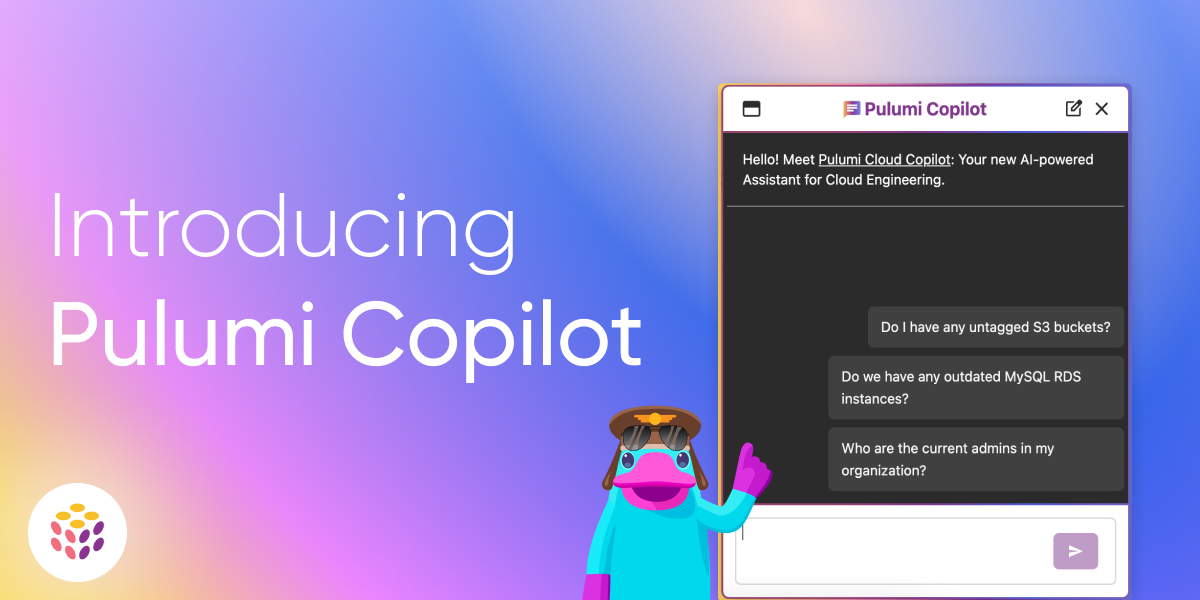Pulumi Command Provider 1.0 Release

Today, we’re happy to announce the 1.0 release of the Pulumi Command provider. This release marks the provider’s official transition from preview status to general availability (GA). Since its first preview release in late 2021, thousands of Pulumi users incorporated the Command package into their cloud infrastructure projects to help manage local and remote command execution and filesystem operations. In fact, the Command provider is already our ninth-most popular provider, so it’s time to make things official!

















